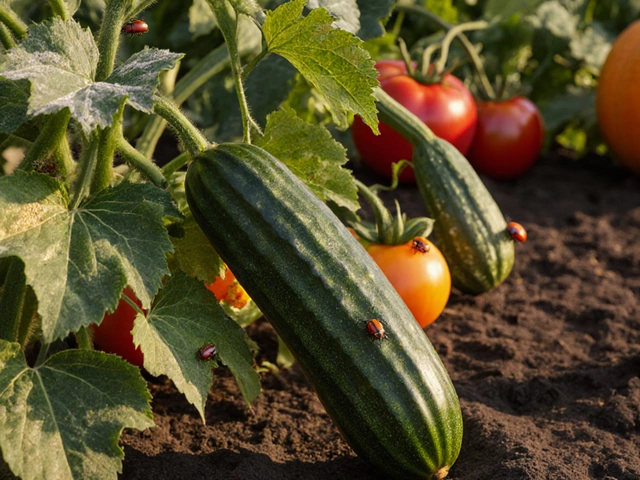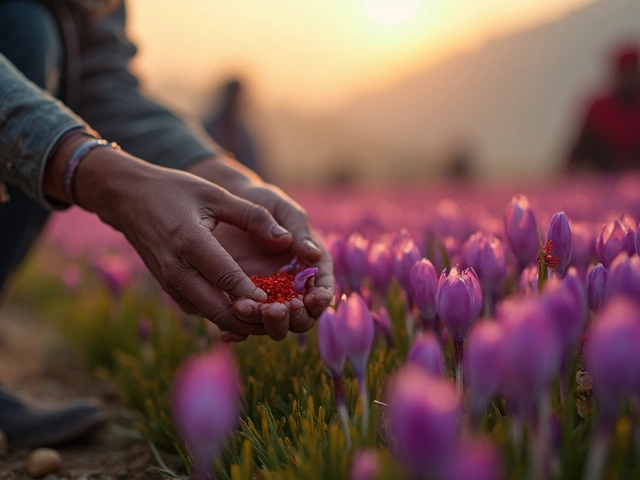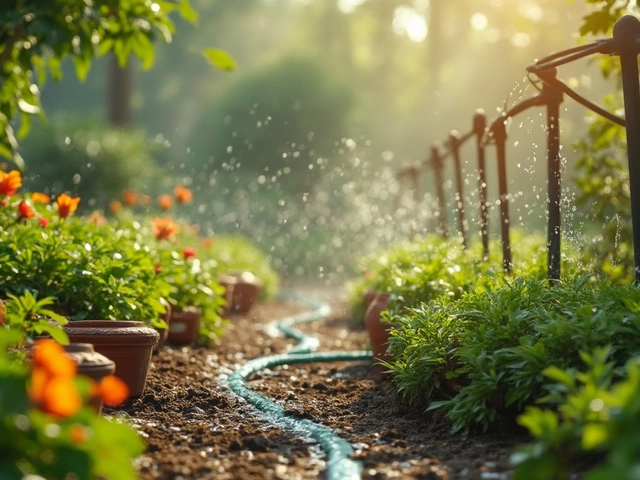Indian Vegetable Farming Made Simple
If you’ve ever wondered how to turn a small plot or backyard into a steady source of fresh veggies, you’re in the right place. Indian farms face unique challenges – hot summers, monsoon floods, and diverse soils – but the right steps can turn those hurdles into strengths.
Soil & Water Management
Good soil is the foundation of any veg garden. Start by testing the pH; most Indian vegetables thrive in slightly acidic to neutral soil (pH 6.0‑7.0). If it’s too alkaline, add a handful of organic compost mixed with neem leaf mulch to bring the pH down naturally.
Water is where many growers spend time and money. Drip irrigation is a game‑changer: it delivers water right to the root zone, cuts evaporation, and reduces weed growth. When installing drip lines, bury them about 5‑7 cm deep to protect against sun and pests while keeping the water pressure steady.
Monsoon season can flood fields, so build raised beds or small bunds to improve drainage. A simple sand‑soil mix (1 part sand, 2 parts loam) lets excess water escape and prevents root rot.
Crop Choices & Companion Planting
Pick crops that match your climate zone. In hot, dry areas, go for okra, bitter gourd, and pumpkin. In cooler hill regions, try cabbage, peas, and carrots. Rotate families each season – beans after cereals, leafy greens after root crops – to break pest cycles and keep the soil fertile.
Companion planting is a cheap, natural pest control method. Plant marigold or nasturtium alongside tomatoes to deter nematodes and aphids. Basil next to chilies improves flavor and repels flies. These “sister plants” boost yields without chemicals.
When it comes to fertilising, stick to organic options. Farmyard manure, vermicompost, and green manure (like sesbania) supply nitrogen, phosphorus, and potassium in a balanced way. Apply a thin layer of compost before sowing and top‑dress seedlings two weeks after emergence.
Stay ahead of pests by inspecting leaves every few days. Early signs of yellowing or holes mean it’s time to act. A spray of diluted neem oil (1 tsp per litre water) tackles most insects without harming beneficial bugs.
Finally, keep records. Note planting dates, varieties, and yields. Over time you’ll see patterns – which crops performed best, where water saved the most, and which companion combos worked wonders. That data helps you fine‑tune your farm year after year.
With these simple steps – proper soil prep, efficient drip irrigation, smart crop rotation, and natural pest control – Indian vegetable farming can become more productive, profitable, and eco‑friendly. Ready to get your hands dirty? Start small, apply one tip at a time, and watch your garden flourish.
Broccoli Farming in India: Profit Secrets, Tips, and Market Dynamics
Curious if broccoli farming pays off in India? Here’s the real scoop, from costs, profits, market quirks, to practical tips for top yields and success in 2025.
About
Vegetable Gardening
Latest Posts


Cucumber Companion Planting: Which Plants to Avoid
By Alden Thorne Oct 11, 2025

Most Expensive Flower in India: Saffron Magic and Mystique
By Alden Thorne May 5, 2025

Make a Large Yard Feel Cozy: Terrace Gardening Tips That Work
By Alden Thorne Jun 17, 2025

